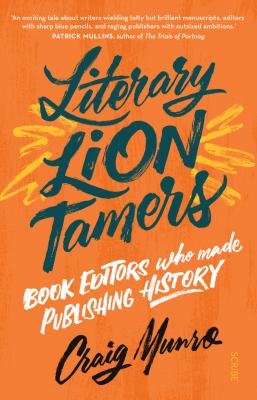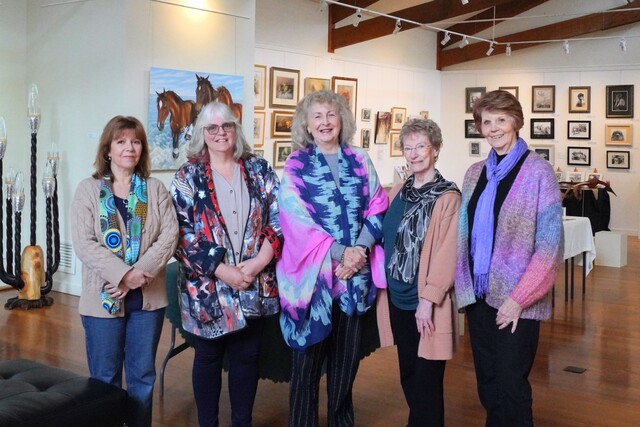Editors are the unsung heroes of the publishing industry. Unlike translators and illustrators whose names are increasingly listed on the front covers, editors remain rarely known by those outside the industry, including us readers.
Editors do much, much more than hassling authors to finish their manuscripts and then correcting their spelling and grammar.
Since the early days of the Australian book industry in the 1890s, editors have played the vital role of discovering new authors and shaping their literary voices and careers.
As Craig Munro reveals in Literary Lion Tamers: Book editors who made publishing history (2021), without the support of A.G. Stephens, Joseph Furphy’s 1,000-page hand-written manuscript would never have turned into the enduring classic Such is Life (1903).
Nor would Steele Rudd’s short story collection On Our Selection (1899) be born, as Arthur Hoey Davis would have remained merely one of many contributors to Sydney-based magazine The Bulletin.
Similarly, without the guidance of P.R. (Inky) Stephensen, Xavier Herbert’s debut novel Capricornia (1938) would never have become a bestseller.
It is interesting to know that, while in London, Stephensen also played a role in publishing a “rare and still intriguing edition” of D.H. Lawrence’s Lady Chatterley’s Lover in 1930.
Particularly delightful are the book’s later chapters, where Munro details the strong influence of Beatrice Davis and Rosanne Fitzgibbon on our publishing industry.
In comparison, throughout her 40 years of work as an editor, Fitzgibbon had collaborated with many of Australia’s best-known authors, including but not limited to Thea Astley, Peter Carey, Kate Grenville and Gillian Mears.
Perhaps these words from Cassandra Travers, the protagonist of The Apricot Colonel (2006) by Fitzgibbon’s sister Marion Halligan, best describe an editor’s role: “I look at a manuscript and see the scope, the structure. This takes vision. Very few people have it. My mind is good at structure, on all scales: sentence, paragraph, chapter, book. I’m a reader. It is other people’s writing that I know about, that I can see whole and clear, laid out like an architect’s plan.”
Literary Lion Tamers is a unique blend of memoir, biography and literary detective work.
As the inaugural fiction editor at the University of Queensland Press, and later as publishing manager, Munro has worked in the publishing industry for over 30 years.
He is also the founding chair of the Queensland Writers Centre, making use of the University of Queensland’s expansive Fryer Library records.
Munro’s impressive account of the history of book editing in Australia is definitely worth reading. It suits those who are interested in writing, editing and publishing as well as those who are curious about the behind-the-scenes stories of the book world.







